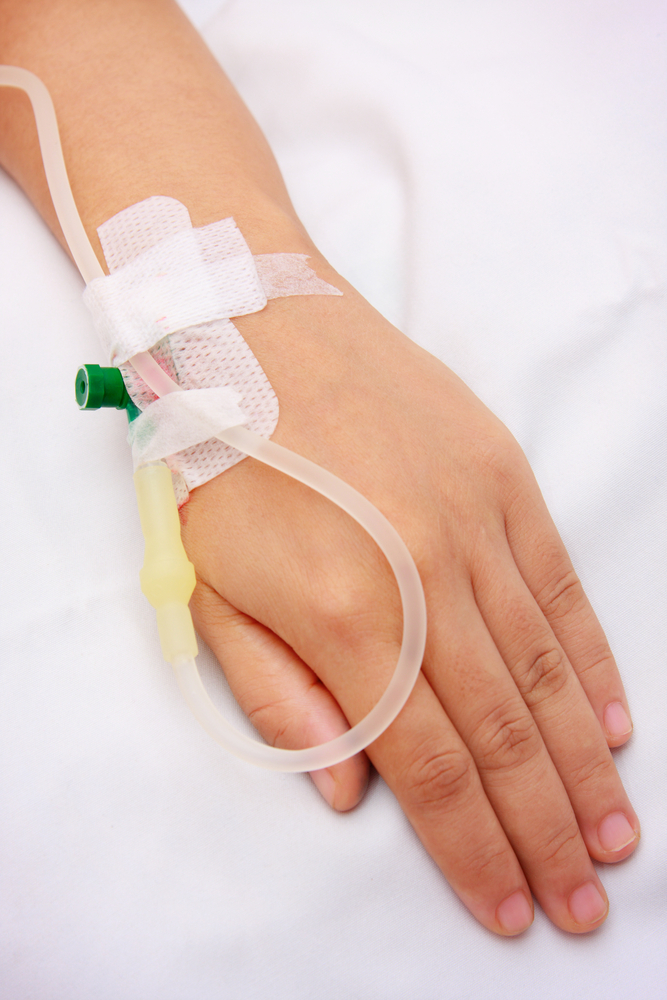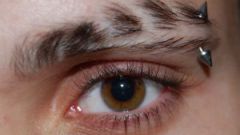Instruction
1
To remove an intravenous catheter is easy enough, but is slightly painful. Remove patch from the skin, making a sharp jerk. You need to have prepared a cotton swab soaked with alcohol. After release of the catheter from the shackles of the patch, carefully remove the needle. Firmly press the cotton wool to the puncture site, and hold for 10-20 minutes, the longer, the more likely that you will not bruise. After the needle is formed sufficiently large puncture, so control condition, there may be a small blood loss in a strong deformation of the tissues and veins. If necessary, rewind the hand or an ordinary elastic bandage. Some time may hurt the region of catheterization, in that case, use warming ointment.
2
In the bladder the catheter is prolonged urinary retention, to drain fluid or administration of drugs inside the bladder. It is not fixed, so removed is very easy. Grasp the free end of the tube and lightly pull. After extraction, the patient needs to lie down for 5-10 minutes. In some cases, after removal of the catheter, starts cystitis and abdominal pain. Contact the hospital if you are plagued by discomfort during urination. In principle, the catheterization at home uncommon phenomenon, this is usually performed in a hospital or with incurable diseases, when the tube is introduced daily.
3
Sometimes another type of catheter – insulin. They are placed in muscle tissue, and through them using a conventional syringe injected insulin. Apply this kind of catheters in people who need several times to enter the drug. In single dose of insulin possible to manage and without it. To withdraw the catheter you need to remove the protective adhesive tape and pulling the plastic base itself. Treat the puncture with alcohol. To introduce a new catheter is needed in another place.










